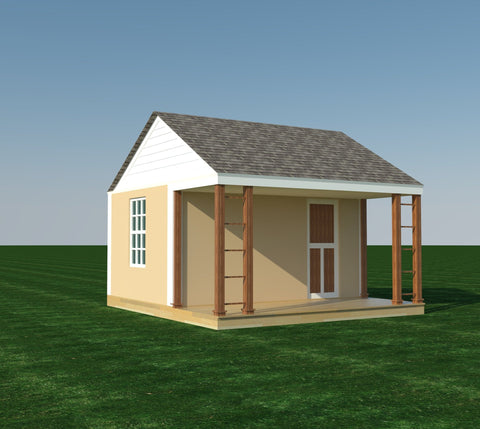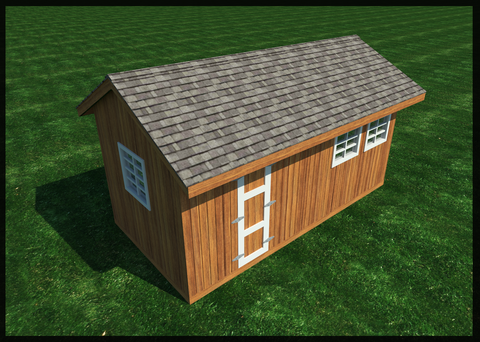Build Your Own Yard and Household Garbage Incinerator Plans DIY Outdoor Garden Garbage Burner
These DIY plans will show you how to build your own outdoor Household Garbage Incinerator. The top of the stack will be 8 1/2' high. The drawings are very simple and easy to follow.
What is an Incinerator?
If you're looking for information on the different types of incinerators, read this article. We'll talk about medical waste incinerators, hazardous waste incinerators, waste to energy facilities, and the incinerator process itself. By the end of the article, you'll have a better understanding of what an incinerator is and how it can help you. Then, you'll know how to choose the right type for your needs.
Incomplete combustion (PIC)
Incomplete combustion in an incinerator is the breakdown of organic and inorganic substances into free radicals that can react with hydroxyl and oxygen ions to form CO2. Particulate matter (PICs) are a result of incomplete combustion and are both solid and aerosol. Their concentrations can range anywhere from 180 to 46,000 mg per dry standard cubic meter. They can also contain up to 20 grains per dry standard cubic foot.
Although incineration is an effective method for destroying organic hazardous waste, there are several risks associated with this process. PICs - products of incomplete combustion - include halogenated hydrocarbons, bi-phenyls, and polycyclic aromatic hydrocarbons. The process also creates trace amounts of toxic byproducts including pyrenes and dibenzo-dioxins. Understanding PICs is critical for safe incineration.
Medical waste incinerators
Until 1997, 90 percent of medical waste in the U.S. was incinerated. However, strict emission standards for medical waste incinerators were promulgated by the EPA in August of that year. Today, the EPA's Office of Air Quality Planning and Standards continues to review standards for hospital medical infectious waste incinerators. While the industry remains controversial, these regulations may eventually change how waste is disposed.
The use of incineration has several advantages over conventional waste disposal methods. For starters, it helps reduce municipal solid waste and the associated potential infectious properties. Further, medical waste incinerators reduce the volume of hazardous chemical and biological waste by burning it. In addition, more than 1,600 facilities use incineration processes to dispose of municipal solid waste and medical waste. These facilities are particularly useful in large collection centers, for instance, where they reduce the volume of waste and reduce the risk of pathogens and other contaminants.
Hazardous waste incinerators
In recent years, the EPA has been working to improve the protectiveness of hazardous waste incinerators. The agency has promulgated new standards that require hazardous waste incinerators to control emissions to the extent that technology allows. The new rules aim to reduce emissions by as much as five to 100 times the level currently reported. This will make hazardous waste incinerators the least harmful industrial process in the United States.
In order to obtain a permit to operate a hazardous waste incinerator, a company must follow a stringent process to obtain a final operating permit. In addition to obtaining the operating permit, the company must also meet a number of environmental and safety standards. This process begins with submitting a multi-volume permit application that includes detailed engineering and operational data, including a trial burn plan that evaluates emissions and demonstrates the incinerator's compliance with the DRE. Typically, public hearings are conducted during the permit application process.
Waste to energy facilities
Several factors are driving the MSW-to-energy market today. One reason is the growing interest in alternative energy. As energy prices rise, landfills are becoming more distant from communities. This forces garbage trucks to make long hauls, increasing trucking costs and generating air pollution along the route. Waste-to-energy facilities are located closer to population centers, reducing truck traffic and transportation costs. In fact, according to the Energy Recovery Council, the global market for waste-to-energy facilities will reach US$45 billion over the next eight years.
As global population continues to grow, so do global needs. In 2016, global garbage amounted to two billion metric tons, with a large proportion of that disposed in North America, Europe, and Central Asia. By 2050, that figure is projected to reach 3.4 billion tons. And global energy demands rose 2.3% last year. Those are just two of the reasons why many countries are turning to waste-to-energy facilities to help them meet these challenges.
All plans are designed by Ben Stone. Ben is a retired Engineer in Canada. Ben also drafts these himself using the latest AutoCAD software to ensure accuracy. He studied Engineering back in the early 1980's. After over 30 years in the Construction industry he developed a passion for building cool items around his farm and cabin. These are great DIY projects. With a little skill anybody can Do It Yourself. Ben is always a email away if you have any questions while building one of his projects. He is adding new plans all the time.










